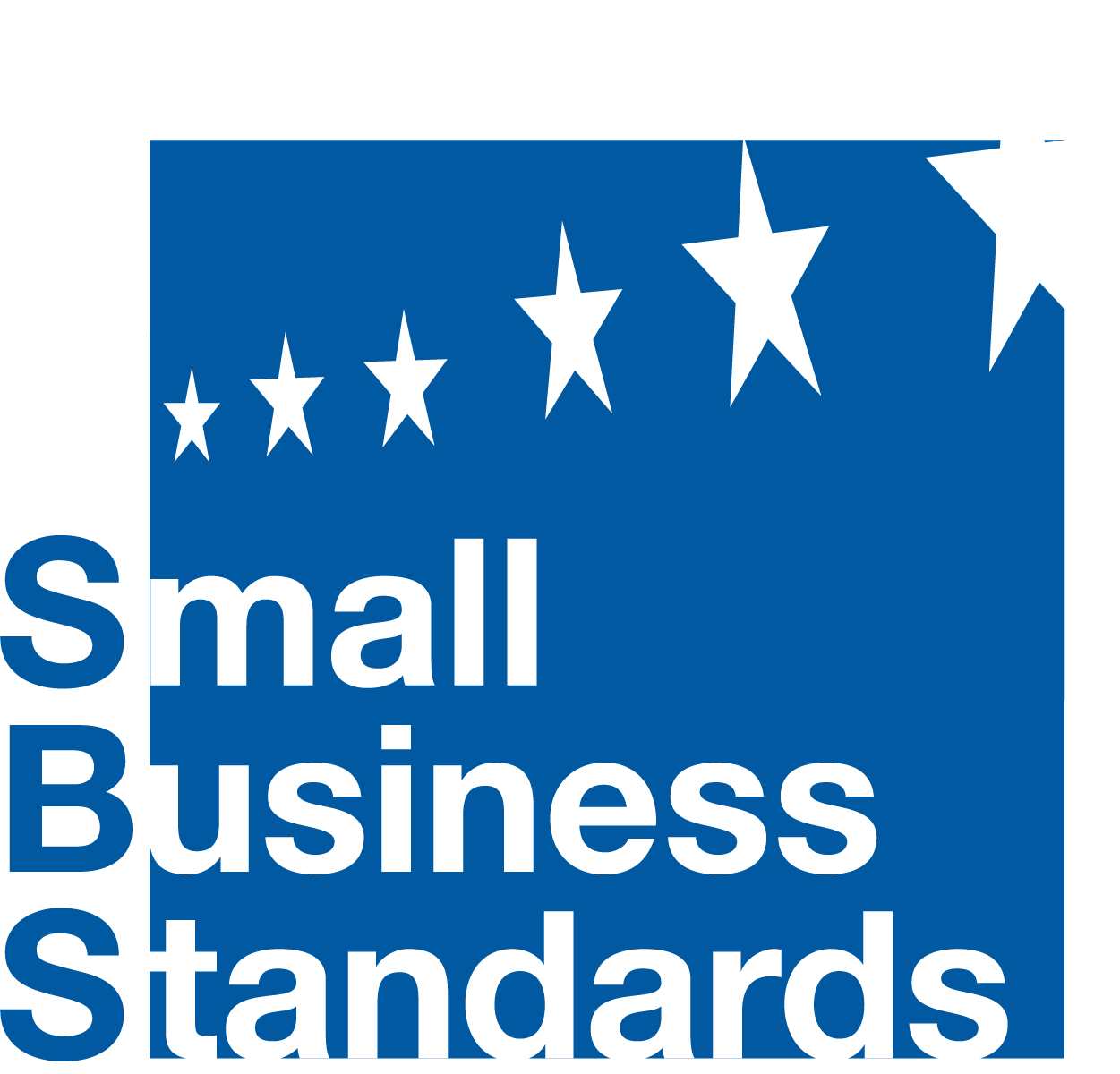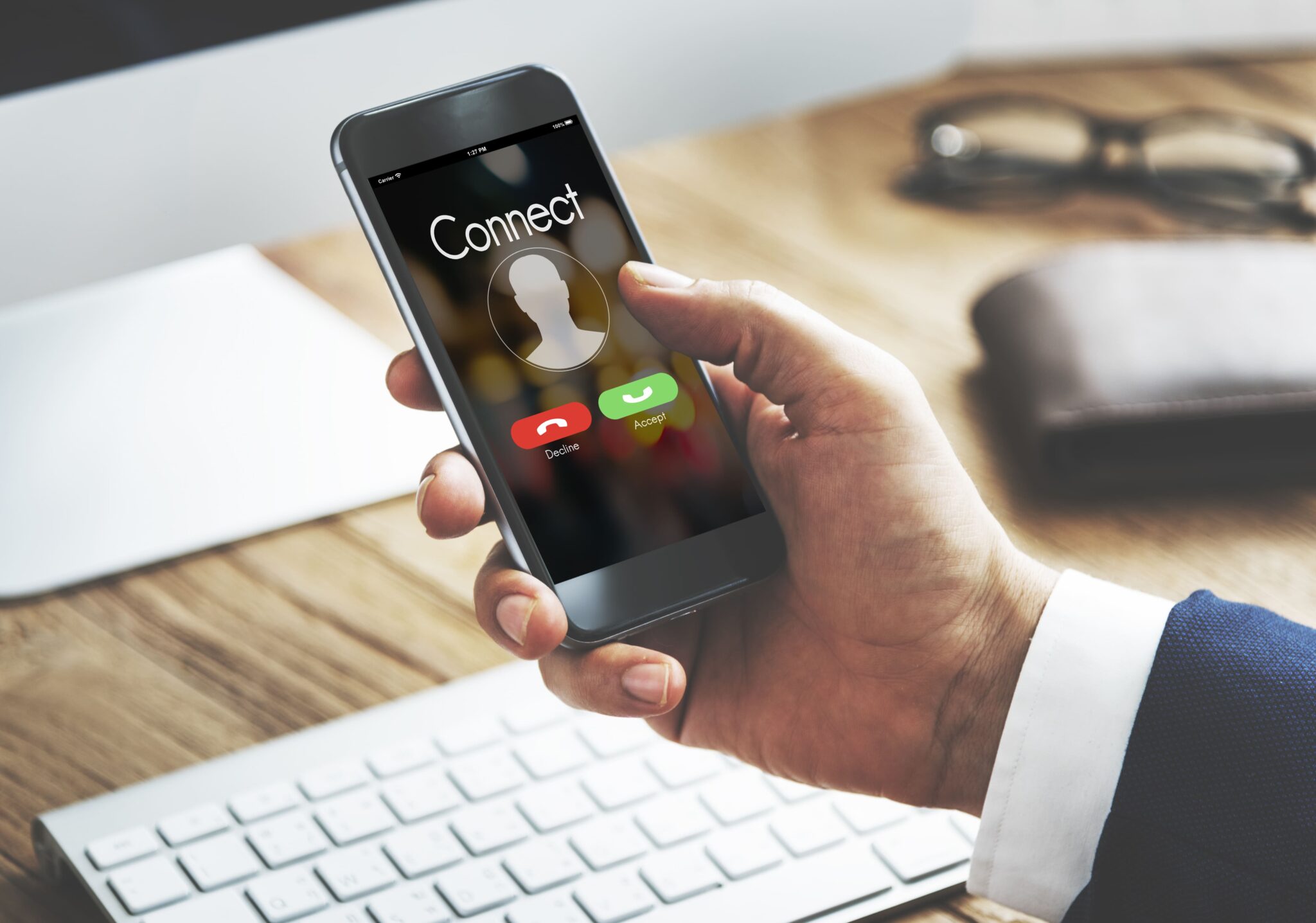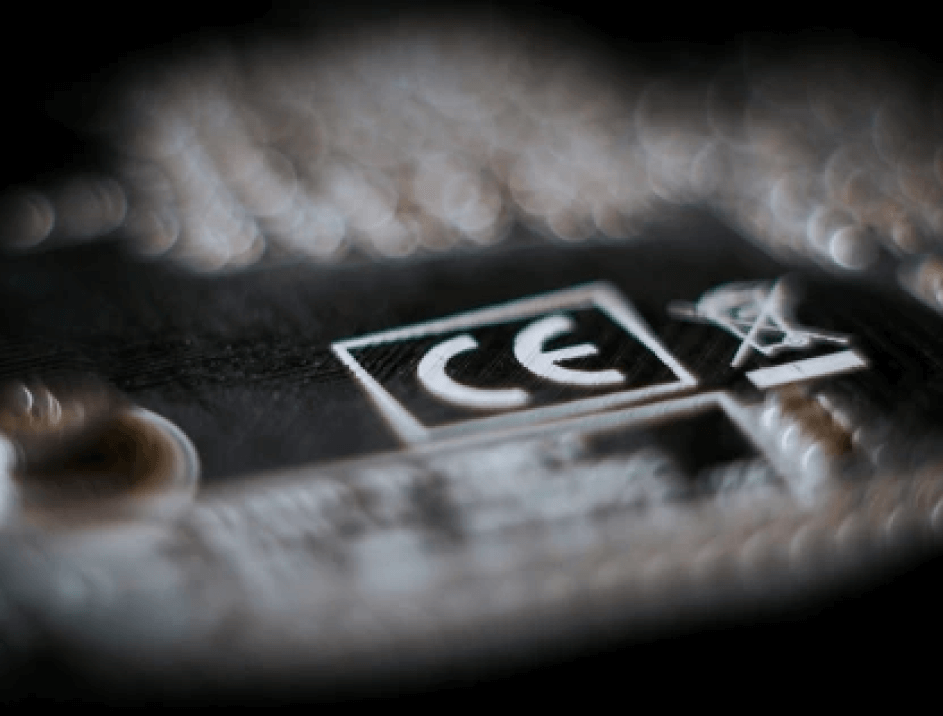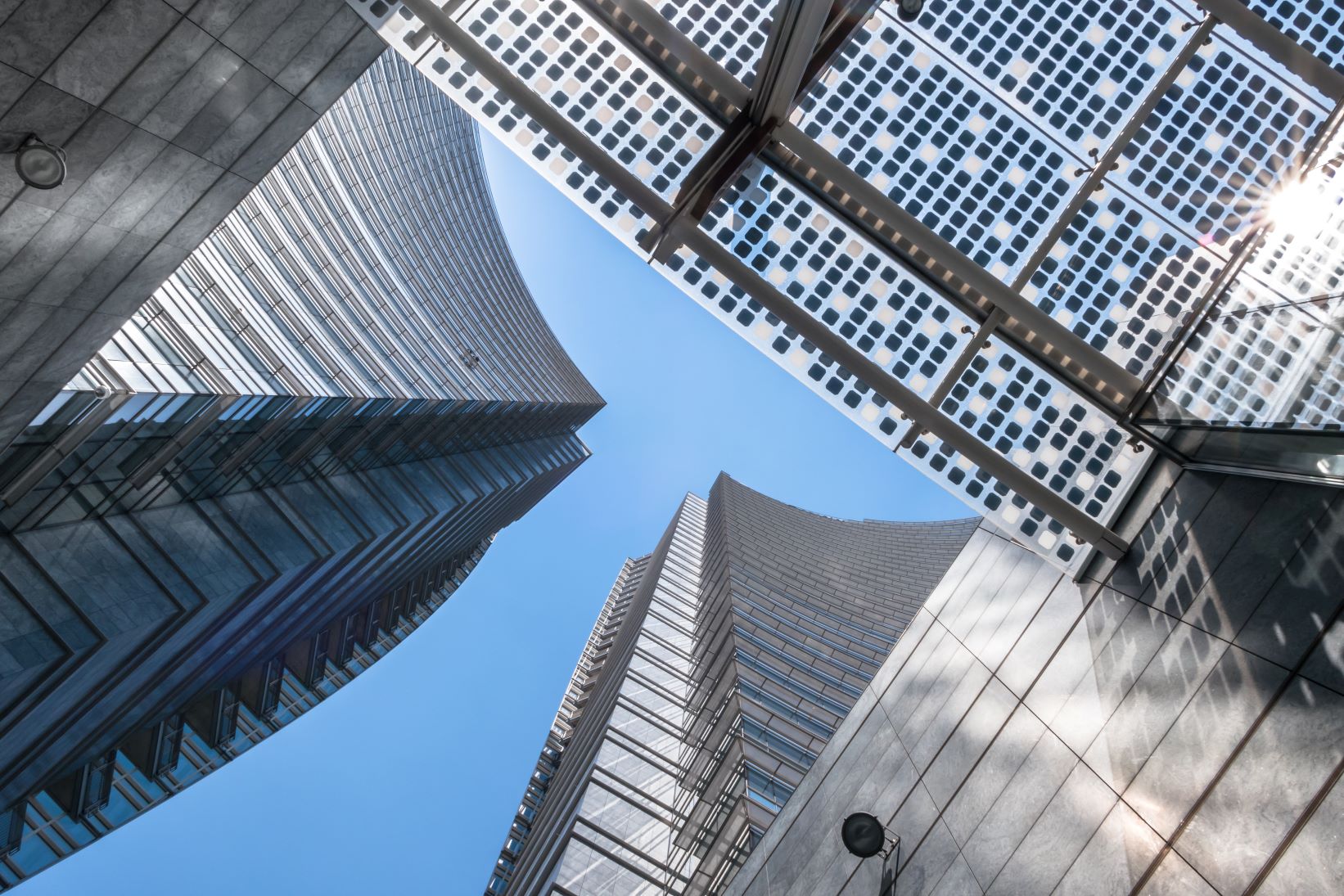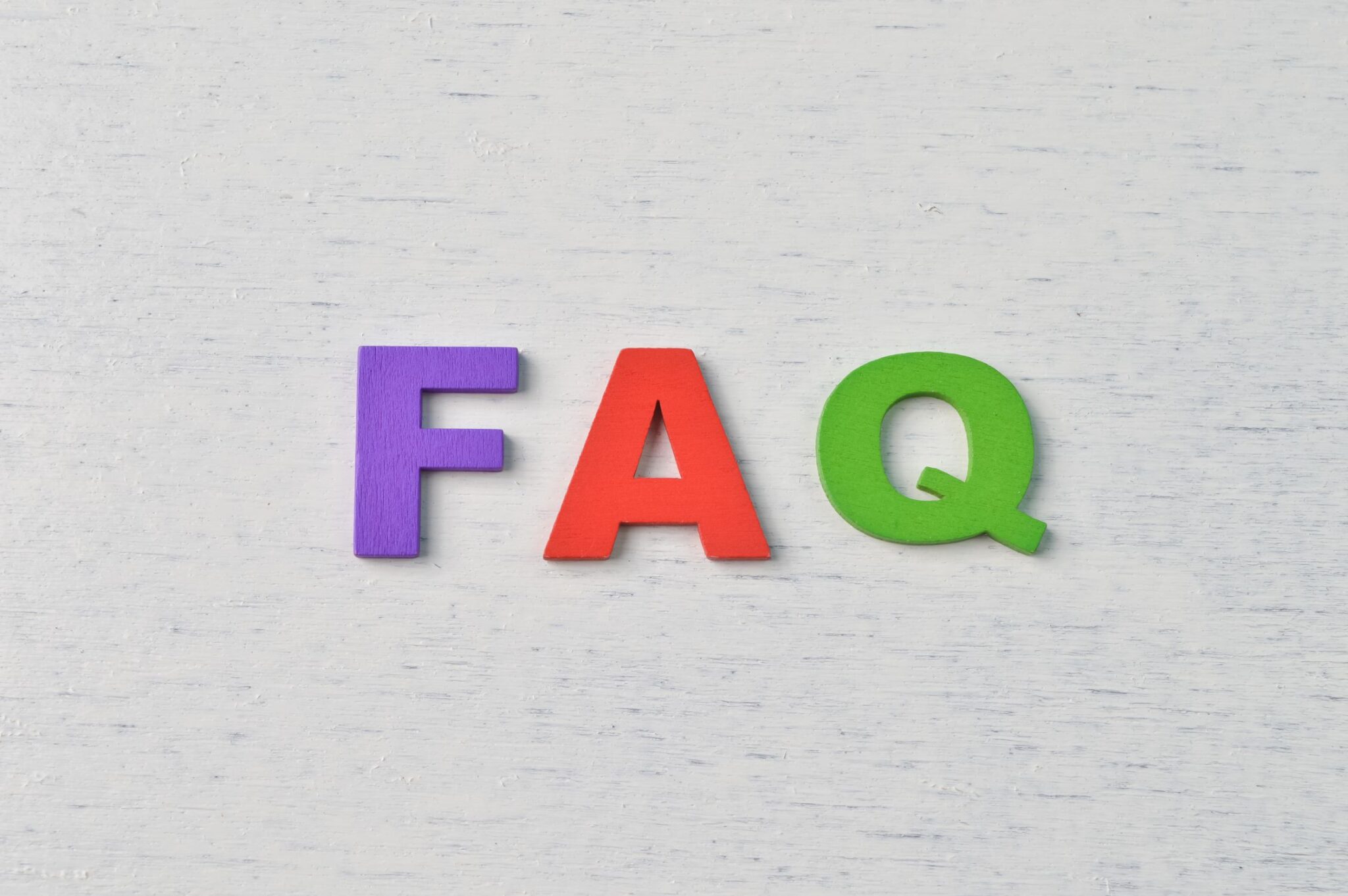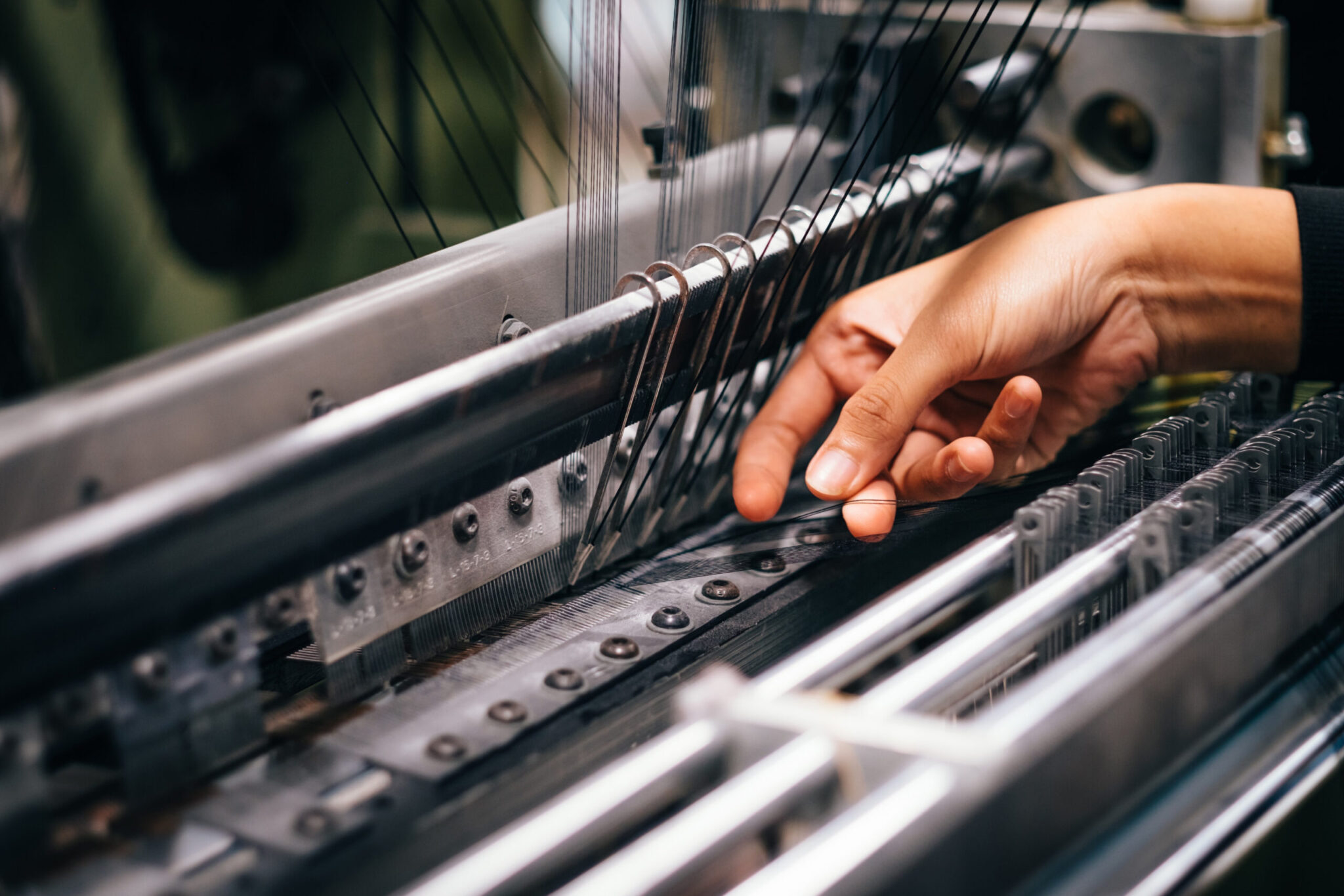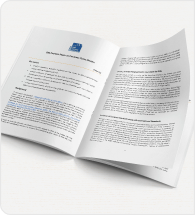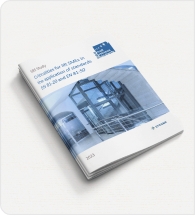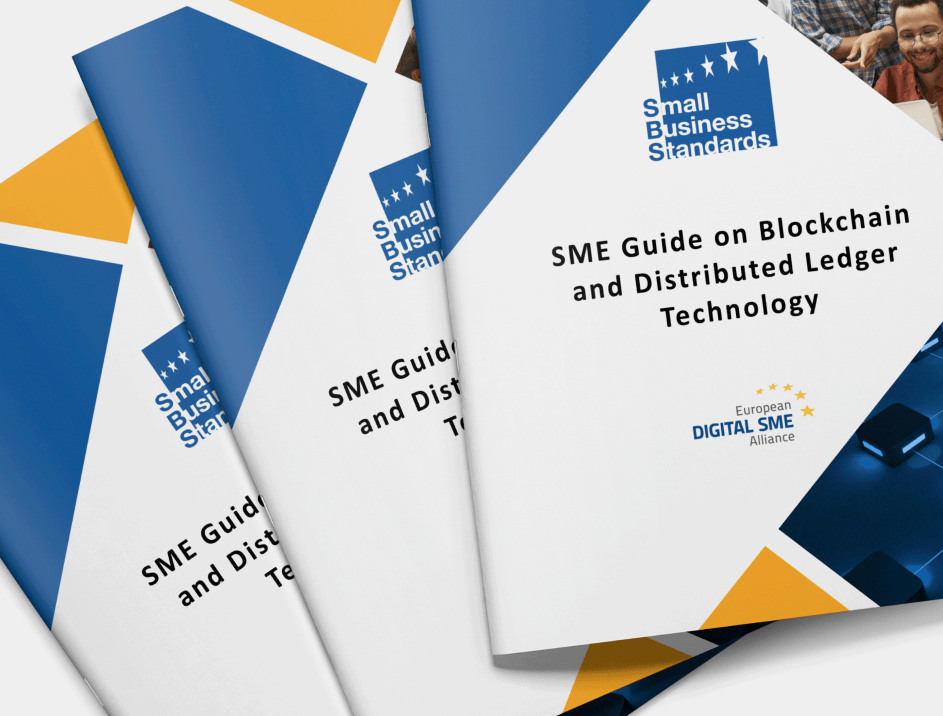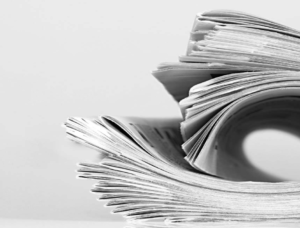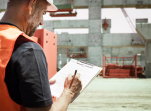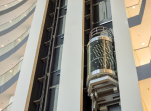prEN 17210 “Accessibility and usability of the built environment – Functional requirements”: a threat to Small and Medium-sized Enterprises producing, reprocessing and servicing dust control mat
Background
prEN 17210 “Accessibility and usability of the built environment – Functional requirements”, in its current state, focuses on functional requirements and recommendations for an accessible and usable built environment trying to enable the safe use for a wide range of users, including individuals with disabilities. The responsible Technical Committee for this standard is the CEN-CENELEC Joint Technical Committee (JTC) 11 “Accessibility in the built environment”1.
prEN 17210 in its section 9.6.6. refers to carpets, mats and carpet tiles. According to it, carpets, mats and carpet tiles shall be securely fixed to prevent folding or sliding and causing hazards to users. It also requires that exposed edges are fastened to the floor to prevent curling and to avoid trips as well as falls. The use of loose laid mats should be avoided, as they may present a tripping hazard.
These above-mentioned requirements, especially fixing the products, unfortunately, neglect product developments which have been made by dust control mat producers together with reprocessors of these mats for many years in order to keep them in place without fixing them. Professional dust control mats that are available on the market provide a high level of security and increase safety rather than representing a potential risk to people entering buildings. They are innovative by their rubber material and by their dust binding function.
Design, safety, use, reprocessing – benefits of dust control mats
Cleaning: Dust control mats prevent moisture and dirt in buildings. Dirt and liquids stay in these mats which are regularly delivered and cleaned by professional laundries. They wash and check the functionality of these mats. A full-functional, clean mat is provided regularly – often in a time frame of 7 to 14 days, depending on the weather conditions. These mats are also capable of absorbing oil or potentially harmful chemicals like polycyclic aromatic hydrocarbons (PAHs). These chemicals are then collected by laundries and treated in their sewage purification.
Costs: The costs of cleaning buildings are massively reduced by these mats. They can hold up 80-90% of dirt before it enters the buildings.
Protection of floors: Through keeping most of the dirt in the mat, the floors are protected and have a longer lifetime. This reduces the costs of owners and facility management of the buildings.
Safety: Professional dust control mats are designed for high traffic areas and for crossing wheelchairs or trolleys. These products – due to their rubber basis and flat design with very flat margins – stay in place due to the grip of the material to the floor. Thus they prevent slip and fall accidents. Entrance areas without mats are usually dangerous places in times of rain or snow. The moisture makes floors wet and slippery.
Professional mats have a nitrile rubber backing, specifically designed for professional laundry. These products differ significantly from the polyvinyl chloride (PVC) products available on the market – many of them produced in Asian countries. Most of the PVC products are not suited for professional laundries and have completely different product specifications. These mats often fail in dust and moisture retention, as well as in safety requirements when placed in buildings. Moreover, the nitrile rubber mats are much heavier than PVC mats, which – in combination with their grip to floors – helps keeping them in place with a very low risk of shifting or slipping.
Sustainability: The provision of professional dust control mats on a rental basis represents the concept of a circular economy, mainly delivered by Small and Medium-sized Enterprises (SMEs), because these mats can be used and reprocessed more than 100 times and can be recycled at the end of their life. They also contribute to a reduced usage of floor cleaning chemicals and soaps as well as extend the lifetime of floors.
The mats manufacturing, reprocessing and delivering market
Thousands of SMEs in the European Union (EU) produce and reprocess dust control mats for the entrance areas of buildings accessed by the public. It is estimated that more than 10.000 people in the EU are involved in the process of developing, designing, producing, delivering and reprocessing dust control mats.
The rental mats sector throughout the EU – mainly represented by SMEs and laundries/service providers – exists for more than 50 years and contributes to the prevention of both dirt and moisture in all kinds of buildings. Additionally, it also contributes to increased safety, for example they keep floors in entrance areas dry and clean so that the risk of slipping is reduced. Dust control mats are used in most public buildings, for example in Germany in nearly 80 per cent of them.
prEN 17210, as currently proposed, would affect many stakeholders: a ban of these innovative and specifically designed, engineered, reprocessed and serviced dust control mats would seriously impact SMEs (producers and reprocessors) and might bring their dust control mats business to a complete stop, which is servicing hundreds of thousands of public and private customers as well as ensuring the safety of millions of people entering buildings, for example hotels, retail stores, supermarkets, public authorities, office buildings, hospitals, etc. Hundreds of thousands, maybe millions of buildings throughout the EU which are provided with these dust control mats would have to find other ways of avoiding water, liquids and dust.
Recommendations
The dust control mats have been designed, engineered and tested as well as professionally serviced widely throughout the EU with the purpose of supporting safety and cleanliness in buildings. They are regularly reprocessed by specialised SME laundries and help to keep smooth floors dry and clean as well as to avoid slipping in the entrance areas of building. The flat rubber ensures that the sliding of these mats is prevented, and they are also designed to absorb lots of dust as well as liquid and they are oil resistant. Therefore, cleaning and safety solutions for entrance areas provided in prEN 17210 should include the option of professionally designed dust control mats.
SBS acknowledges that rugs or mats not specifically designed for safety in areas which are heavily frequented and regularly served can cause risks of slipping, especially when they do not lie flat on floors and are not cleaned, checked and properly reprocessed. However, engineered, professionally serviced and quality control checked dust control mats support safety and cleanliness of buildings and help avoiding slipping and accidents.
SBS would like to point out that prEN 17210 challenges ISO 21542 “Building construction – Accessibility and usability of the built environment”2.In this ISO standard, wet and soiled floors are correctly described as a potential hazard for all users accessing buildings. Unlike prEN 17210, the ISO standard describes a range of different options to counter these risks in different entrance situations. The ISO standard allows for different options. There is room for flexibility and innovative solutions in the ISO standard, for example by using professionally designed and constructed surface mats, engineered for safety and which are regularly professionally serviced.
SBS urges to include such solutions as options into prEN 17210 for the sake of well-established products and services of SMEs as well as suitable for all users, including people in wheelchairs. Standards are not supposed to limit innovative products and services of SMEs and well-known safety solutions for the benefit of end-users and the environment.
SBS also wants to point out that other countries have developed standards for the selection, use, care and maintenance of dust control mats, acknowledging that they actually support the safety of entrance areas and help prevent slips and falls, for example in the United States: ANSI/NFSI B.101.6 2012 “Standard Guide For Commercial Entrance Matting In Reducing Slips, Trips And Falls”. We recommend that CEN-CENELEC JTC 11 redrafts section 9.6.6. “carpets, mats and carpet tiles”, considering the elements raised in this
position paper.
Suggestions for the redrafting of the wording of prEN 17210 on carpets, mats and carpet tiles
SBS suggests the following wording for prEN 17210: Section 9.6.6 “Carpets, mats and carpet tiles”
When carpets are used, the following requirements and recommendations apply:
a) Carpets, mats and carpet tiles shall either be securely fastened or provided with rubber backing and chamfered edges to minimise the risk of slipping, especially in wet weather conditions. If not completely fixed, mats should be regularly maintained, washed and replaced.
b) Carpets, mats and carpet tiles shall have a firm padding, a carpet protector or a back coating to prevent the carpets, mats and carpet tiles from slipping on the ground.
c) Carpets, mats and carpet tiles shall have a flat pile that allows easy and safe passage and movement of mobility equipment, e.g. wheelchairs. A strong rubber backing (non-slip and oil-resistant) increases the grip of the loose mat on the floor and ensures that the mat can be laid out on all floor surfaces without danger.
d) A safety edge of the mats increases the safety when entering the mat and prevents slipping. A thin rubber safety also increases the stable positioning of the mat.
e) The use of loose mats without rubber flooring and safety edge should be avoided, as they may pose a risk of tripping
f) Loosely installed mats should be washed regularly to ensure that they are in an optimum, safe, and shallow condition to effectively absorb dirt and moisture. Loosely laid mats with rubber back and safety edge are explicitly suitable for driving safely even by trolleys or wheelchairs.
1 https://standards.cencenelec.eu/dyn/www/f?p=CEN:105::RESET::::
